
Do you have a question about the Eaton Cutler-Hammer DS-420 and is the answer not in the manual?
| Amperage Rating | 20A |
|---|---|
| Number of Poles | 2 |
| Trip Unit Type | Thermal-Magnetic |
| Standards | UL Listed, CSA Certified |
| Type | Molded Case Circuit Breaker (MCCB) |
Procedures for receiving and handling circuit breakers and switchgear.
Guidelines for storing electrical equipment to prevent damage and condensation.
Approximate weights of DS and DSL circuit breakers and fuse trucks.
Overview of the process to examine breaker construction and operation.
Instructions for setting compartment rails for breaker withdrawal.
Procedure for removing shipping braces before breaker withdrawal.
Guidelines for safely lifting the circuit breaker using specific adapters.
Overview of preliminary examination steps for the circuit breaker.
Identification of main components of the circuit breaker drawout element.
Overview of basic operating instructions and 'dry run' practice.
Detailed steps for operating the breaker's levering device.
Procedure for manually charging the breaker's closing springs.
Conditions and steps required to close the circuit breaker.
Methods for opening the circuit breaker manually or automatically.
General description of the breaker's operation and components.
Explanation of the spring-charged stored energy operating mechanism.
General description of the three-pole assemblies for DS circuit breakers.
Details of the moving contact members and their variations.
Description of stationary contact sub-assemblies and their actions.
General description of the arc chute and its function.
Overview of the automatic tripping system components.
Description and characteristics of the Amptector II-A trip unit.
Description of the optional Amptector I-A trip unit features.
Details on ground fault protection and its connection requirements.
Explanation of the making current release function for tripping.
Instructions for servicing and adjusting the Amptector trip unit.
Description of the actuator's role in tripping the breaker.
Explanation of the function of current sensors in the tripping system.
Description of optional accessories for overload protection.
Details on the undervoltage trip attachment.
Description of the overcurrent trip switch function.
Details on the high load switch for overload notification.
Explanation of the latch check switch function.
Description of auxiliary switch construction and ratings.
Details on the test kit for checking Amptector trip unit operation.
General description of DSL circuit breakers and current limiters.
Information on DSL current limiter ratings and applications.
Description of the blown limiter indicator and its function.
Details on DS-3200 and DS-4000 fuse trucks for Class L fuses.
Procedure for installing fuse trucks in series with circuit breakers.
Instructions for replacing fuses in fuse trucks.
Description of the blown fuse indicator on fuse trucks.
Description of fixed breakers and their features compared to drawout.
Description of drawout dummy elements and their function.
Overview of inspection and maintenance requirements for DS breakers.
Recommended schedules for breaker inspection and lubrication.
Procedures for inspecting breaker components like contacts and barriers.
Instructions for replacing moving and stationary contacts.
Guidelines for inspecting and replacing arc chutes.
General inspection steps for visible parts and ensuring proper installation.
Overview of factory adjustments for breaker parts.
General lubrication requirements and procedures for the breaker.
Information on ordering renewal parts using name and style numbers.
Guidance for identifying parts for specific breaker models.
General description of Cutler-Hammer Type DS and DSL Low Voltage AC Power Circuit Breakers.
Description of the basic breaker assembly components.
Description of the arc chute construction and function.
List of optional components available for the circuit breakers.
Information on accessories like levering crank and test kits.
Details on specific circuit breaker models DS-206S and DS-416S.
Overview of built-in interlocks and safety features to reduce hazards.
Essential safety practices for operating circuit breakers.


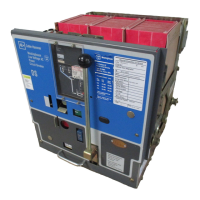

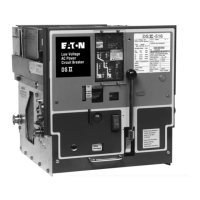
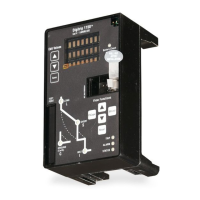
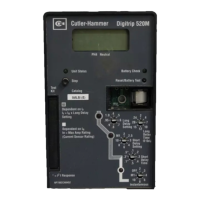

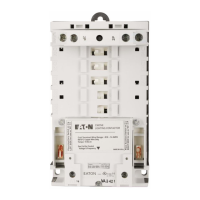


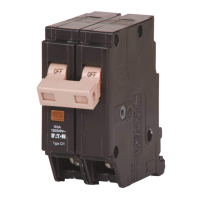
